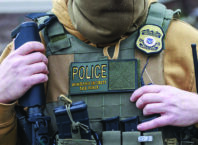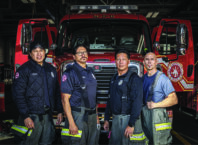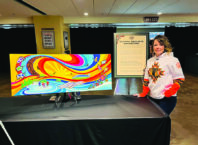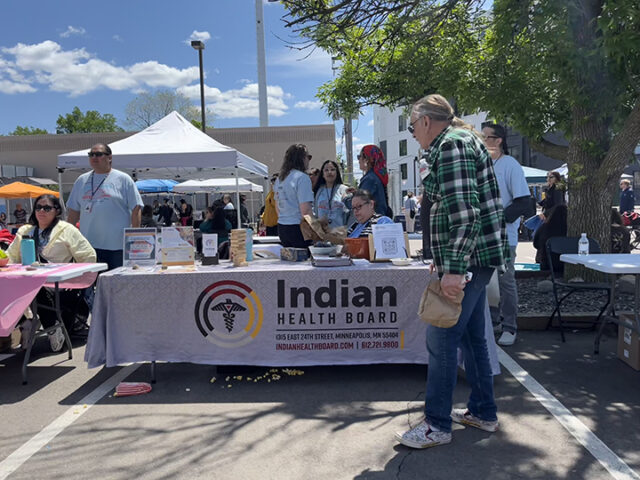
By K.E. MacPhie
At the Indian Health Board of Minneapolis (IHB) groundbreaking ceremony, the joy and hope was palpable as the community got to see real progress being made toward what has been learned about urban Native healthcare, and what they have always known.
In February, The Circle reported on an eye-opening report conducted by the Minnesota Department of Human Services (DHS) titled: Pathways to Racial Equity in Medicaid: Improving the Health and Opportunity of American Indians in Minnesota, and were able to talk to the lead author and facilitator about their calls to action and goals – both short and long term – that came out of the report. The opening of the new Indian Health Board clinic is a major step forward in those goals, and more developments have moved forward for the report writers, as well.
Takayla Lightfield has been advocating for change at the policy level in her new role with the Office of Indian Policy (OIP) at DHS. In addition to supporting various bills and educating both the state and Tribal leaders about their progress, the community conversations she has had over the last few months discussing the report has propelled her to think about different approaches she and her team can take to keep things moving forward.
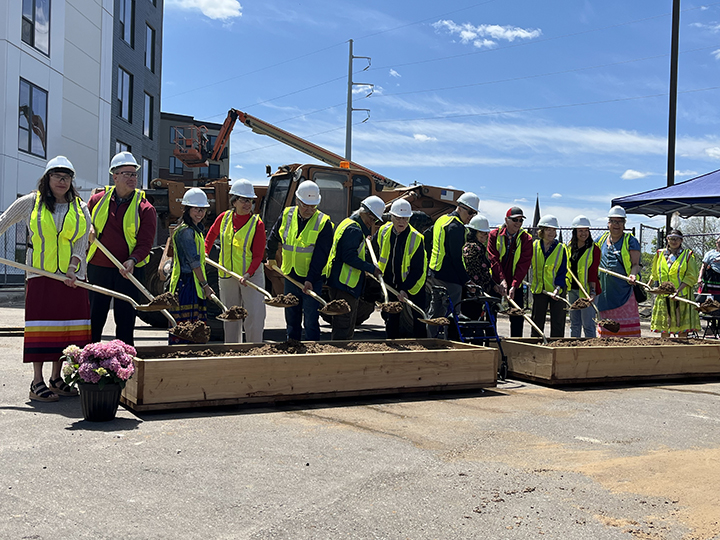
“I keep thinking, what can we do internally? How can we change the way we talk about this stuff? Yes, we support evidence-based science, but who gets to define what counts as evidence?” Lightfield referenced a big portion of their report that talks about the two-eyed seeing approach, a term coined by the Mi’kmak elder, Albert Marshall, that advocates for western science and modern medicine to combine with Indigenous ways of knowing rather than the two scopes of knowledge pushing against each other. He believes, and the report advocates for, a best approach where the Indian Health community can keep all the great medical advances of modern times and utilize them in traditional ways and through methods that worked for our people for thousands of years.
“IHB is doing it with this new, innovative facility, and in the process, contributing to landback and enhancing our treaty rights for healthcare,” Lightfield acknowledged. While the IHB renovations were well underway prior to the report’s release, it has been fortuitous timing to see direct examples of what is possible if more communities and organizations heed the calls to action that the report produced.
Dr. Patrick Rock, CEO of the Indian Health Board, has been working toward the same goals for over thirty years working in Tribal healthcare, 29 of those being at IHB, “The biggest gap that we’ve filled is the quality of healthcare,” Dr. Rock told The Circle when asked about his work, “We’re not just a free healthcare center who doesn’t care about quality or wants to be a last resort. We strive to be at the same level as Mayo or anyone else. We are competitive, and we are doing something important: we are fulfilling the treaty obligation of the United States to provide healthcare to the Native people – wherever they are.”
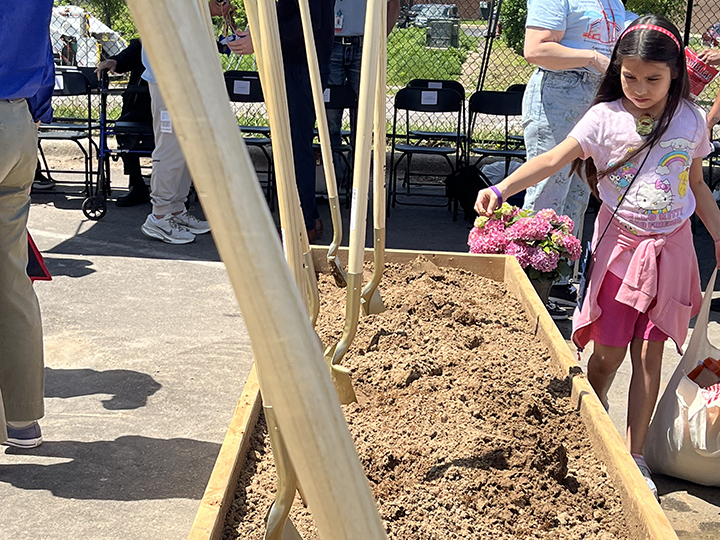
While there has been more discourse about how underfunded the Indian Health System (IHS) has been since it’s creation, within that funding, urban healthcare has been even more slighted. While 70% of American Indians live in urban areas around the country, only 1% of the IHS budget is allocated for urban healthcare centers like IHB and other urban Indian organizations (UIOs). So, of the only $6 billion allocated to Indian Health, $60 million is shared by 41 clinics around the country. Conversely, a public health system like Hennepin County Medical Center operates on a $3 billion budget for the same timeframe.
But again, this goes to the bigger issue of IHS being massively underfunded for years. The National Indian Health Board (NIHB) conducted a report in 2024 that estimated full funding at $63 billion – ten times what they have now. That kind of funding would support UIOs at their full capacity as well, to serve the estimated 35,000 Native people that live in the Twin Cities metro area, who come from in-state reservations, but also from around the country, first during the period of Indian Relocation when our ancestors were promised government support if they would move from their homelands into the cities, and then another wave came when the revolution moved many to Minneapolis to support the American Indian Movement (AIM) of the 60s and 70s. The Twin Cities has one of the most diverse population of Native people, and experts from all areas are all coming together to ask for the funding to meet that need. But until then, IHB is doing what they can to bridge the gap.
“It’s important to have something that our Native population can be proud to take ownership in,” Dr. Rock said when asked about the new construction, “The new building is going to be a place for medical and dental care, but traditional health is going to be at the forefront. Healthcare needs to start at the concepts of wellness. For example, our counseling services are going to be right next door as an integrated part of the Menaandawiwiwe Campus.” To supplement that cost the Tribal community has asked the state to include traditional health as being covered under Medical Assistance. As of this writing, there has been no decision on that bill yet.

Traditional healing has been the key talking point for Dr. Nathan Chomilo, the Medical Director for Minnesota’s Medicaid and MinnesotaCare programs, but the primary author of the Pathways report, and he is excited to see IHB supporting all of their research.
“IHB’s expansion captures all three calls to action in the Pathways report,” he stated, “there was some additional funding dedicated to urban Indian healthcare settings, but there wasn’t a lot of guidance on how to spend the money. Minnesota and Colorado were the two states that worked with their Urban Indian Organizations on what it really meant to make change as their communities needed it. This gets resources to the community members and staff directly, and not just in the western definitions of health and wellbeing and the spaces and ways to support traditional healing.”
When asked if Dr. Chomilo has learned more since the report was released, he said it was a lot of validation that they had clearly stated what the community already knew, but unfortunately, they have had to shift their sights because of the context of the world. “The noise has been more on federal and state government debates around Medicaid, and it’s been harder to get the same attention from lawmakers and folks at CMS [the Center for Medicaid and Medicare Services]. We’ve shifted some expectations and plans until we settle into the new normal. This report has a lot of great context for years to come, but the calls to action do require more funding and resources in a time of cuts and reductions.”
So, while hope is high and the celebration was huge at the Indian Health Board block party, everyone remains cautiously optimistic that this is just the beginning of transformative change in urban Indian health.
This article sponsored by the MN Department of Human Services.


